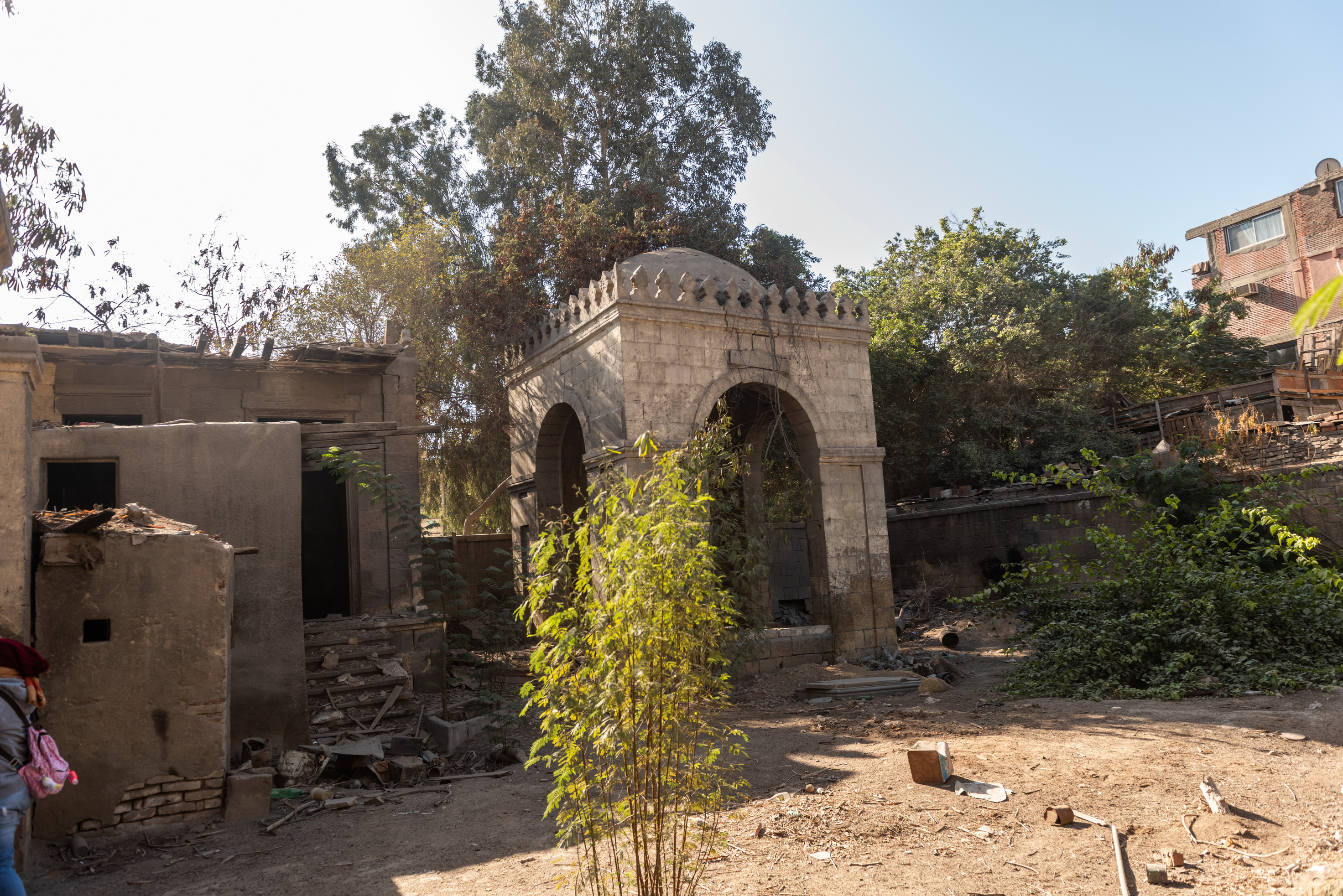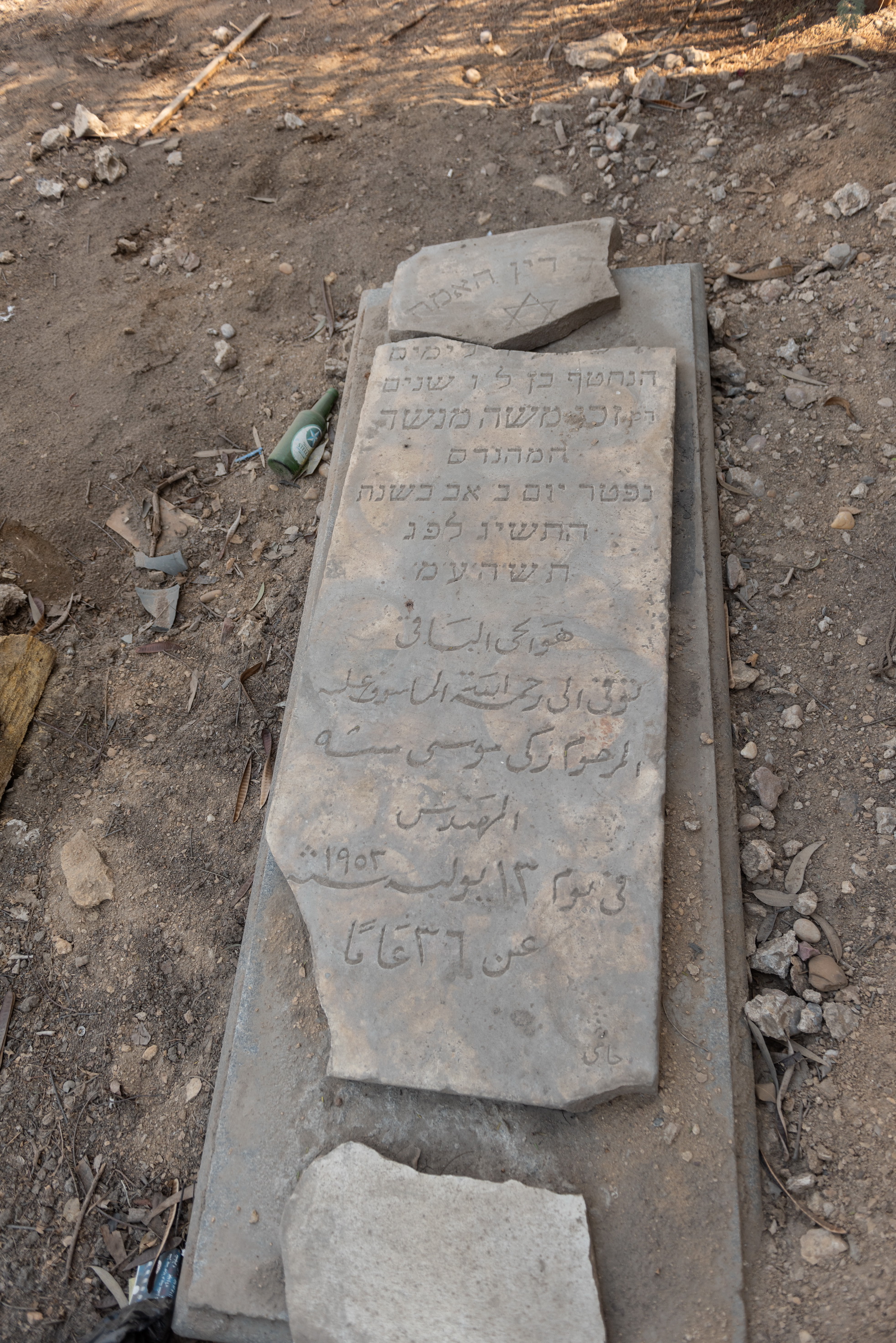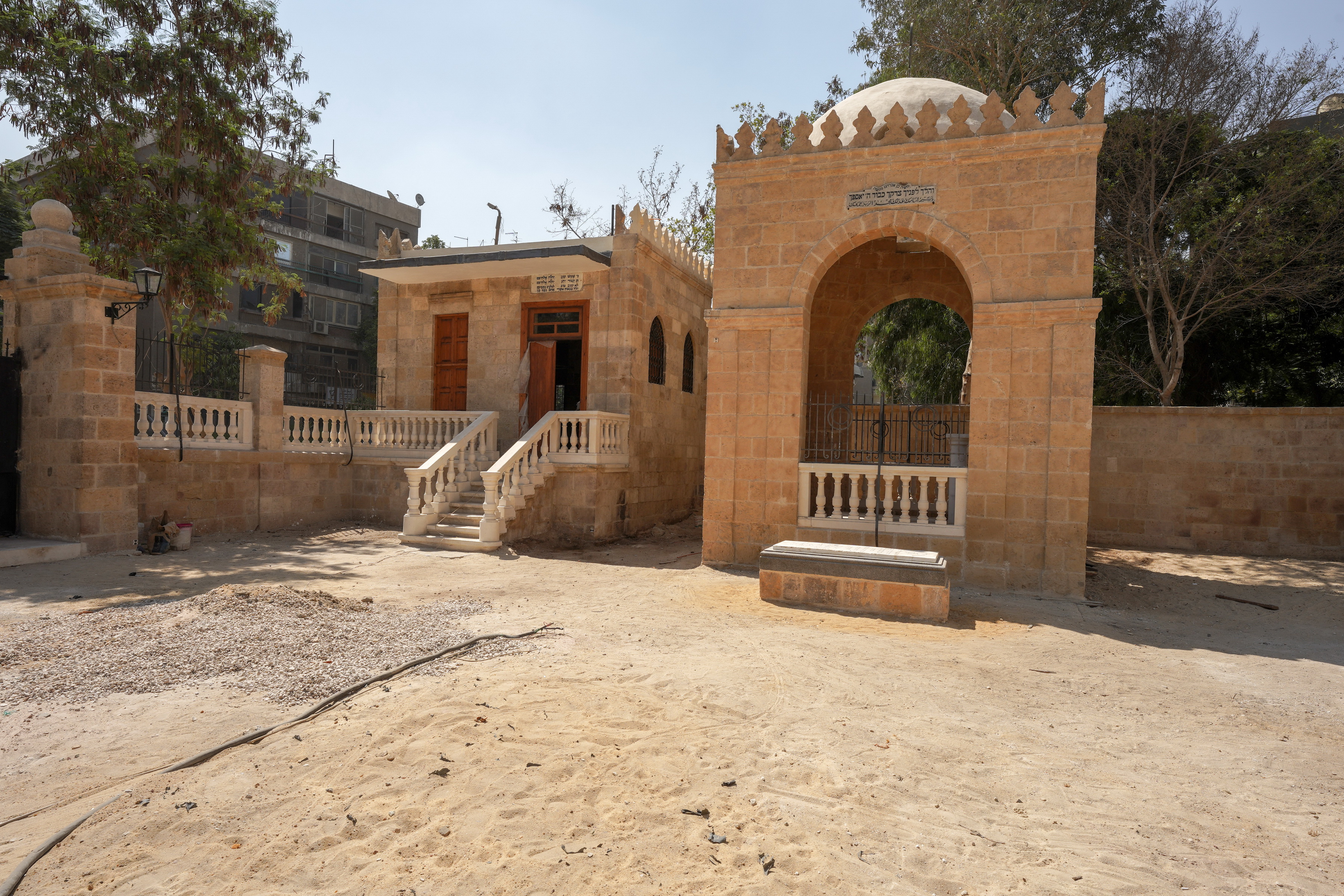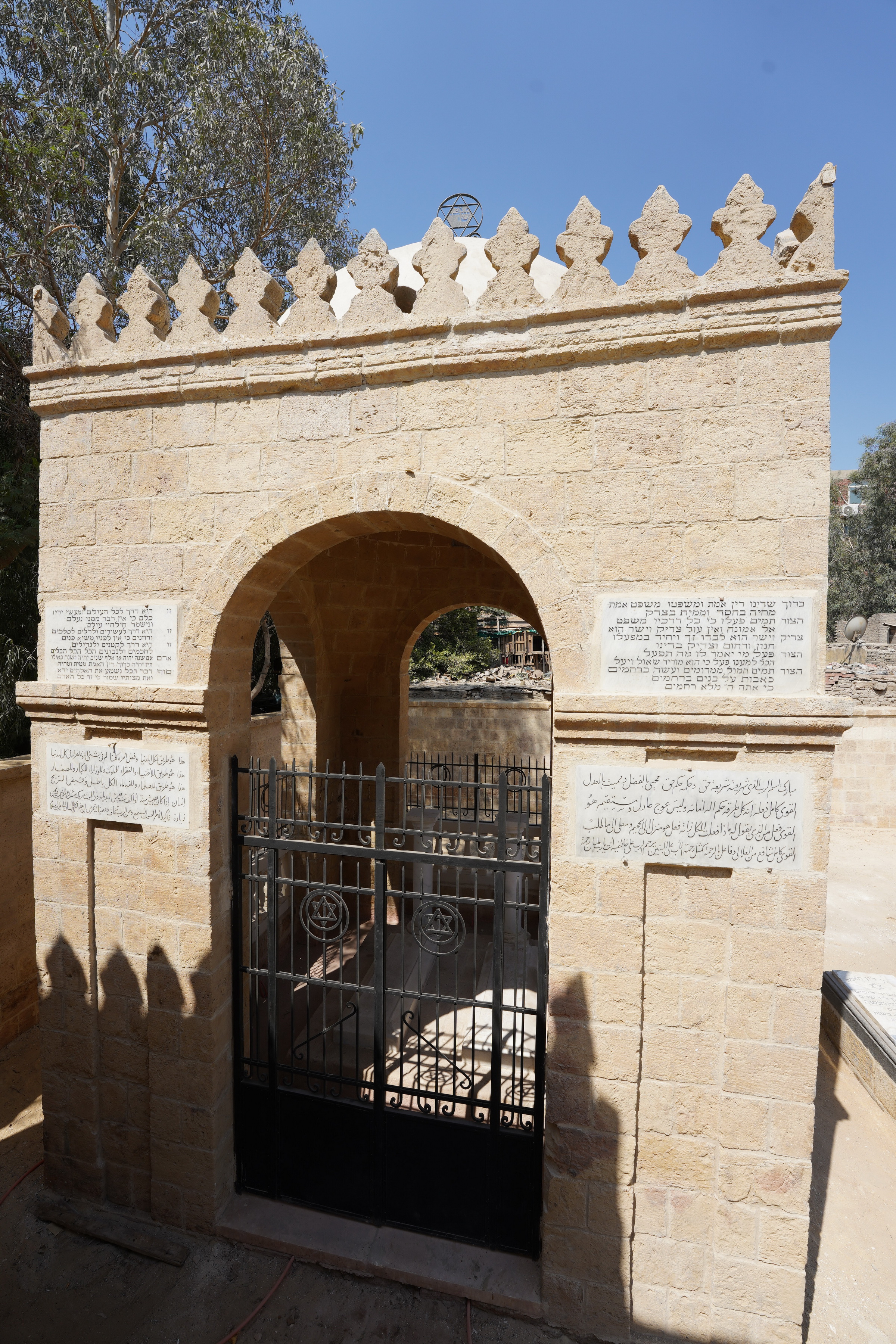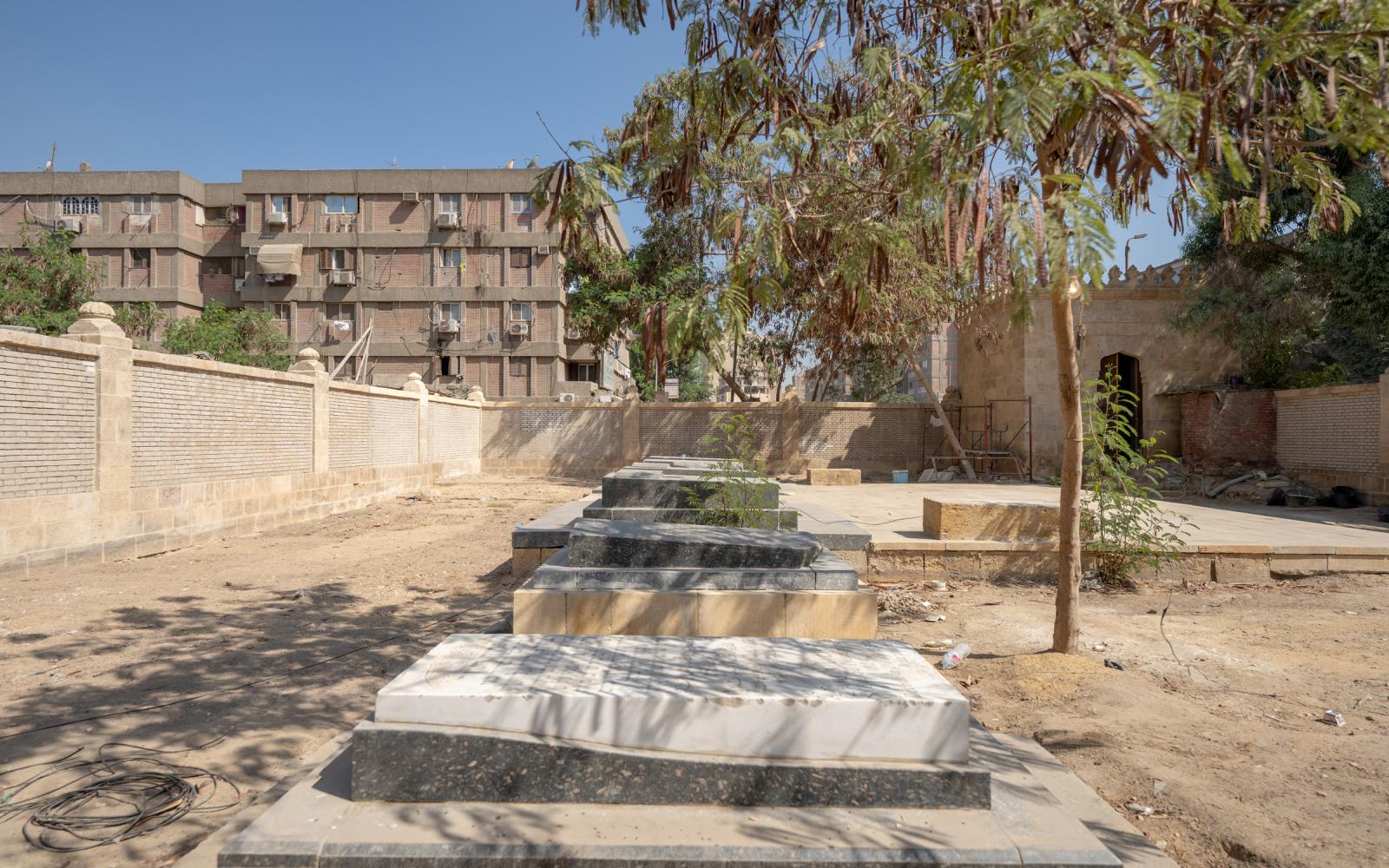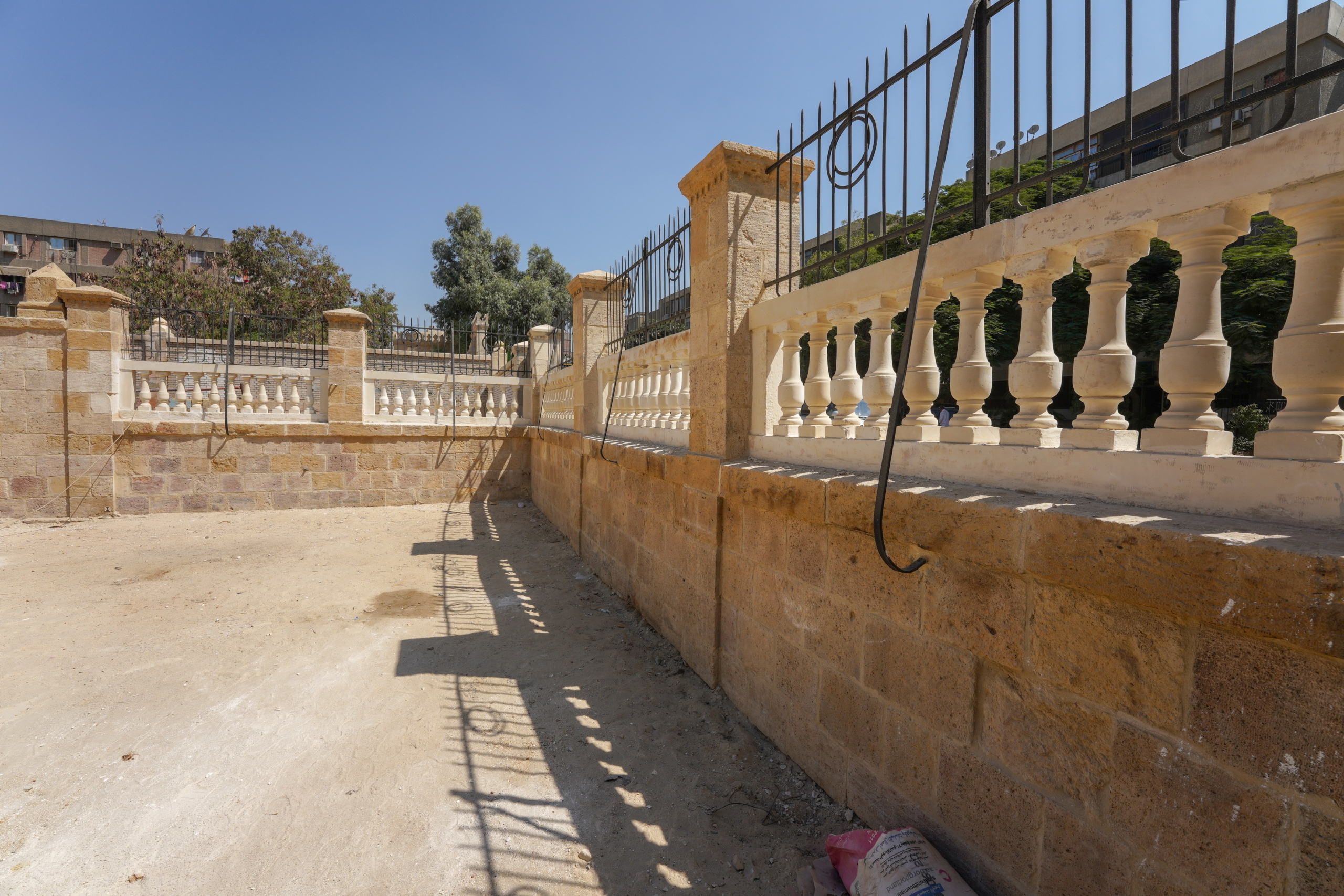- EraOttoman
- Project DirectorMohamed Mokhtar
- LocationBasatin, located on the outskirts of Maadi, in Central Cairo, Egypt
- AffiliationAmerican Research Center in Egypt (ARCE)
- Project SponsorU.S. Ambassadors Fund for Cultural Preservation (AFCP)
- Project Dates2019-2020
- Project ImplementerARCE
In Hebrew, a cemetery is called beit Kvarot (house or place of graves), but more commonly beit ‘Almin or bet olam (house of eternity). According to Jewish tradition a cemetery is a holy place, and strict laws regarding burial and mourning govern Jewish practice. For Jews, the care of cemeteries is an essential religious and social responsibility. The Jewish cemetery of Basatin was allocated and believed to be the second oldest Jewish cemetery in the world, with an original foundation deed dating to the 9th century during Egypt’s Tulunid Dynasty. At the time, the land provided for the cemetery consisted of 147 acres and was located beyond the boundaries of the Tulunid capital of Egypt, with separate grounds for Rabbanite and Karaite Jews. In modern times the cemetery became fragmented into disconnected plots of land amounting to about 27 acres. These plots consist of the common burial grounds, known colloquially as the Basatin graveyard, the private Mosseri family graveyard, the burial site of Rav Haim Capusi, the private Moise Cattaui Pasha graveyard, and the remainder of the Karaite portion of the original cemetery.
Menasha cemetery before removal of informal structure conservation work, cleaning and restoration. Photo Credit: ARCE Staff
Egyptian Jews of all backgrounds have been buried in the site since its founding and continue to be despite their dwindling numbers and the advanced state of deterioration of the cemetery. The Egyptian Jewish community included important historical figures such as the Rabbi Haim Capusi (whose eponymous synagogue still stands in Cairo’s former Jewish neighborhood), along representatives of the notable Jewish families of the nineteenth and twentieth centuries who often commissioned significant pieces of architecture to commemorate their lives such as Moise Cattaui Pasha. With the exception of the Mosseri family graveyard, which is under the jurisdiction and care of the Egyptian Ministry of Tourism and Antiquities as a registered national monument of historic value, the four other graveyards remain owned by the Egyptian Jewish community in Cairo represented by the Drop of Milk Association.
Thanks to a generous grant from the U.S. Ambassadors Fund for Cultural Preservation (AFCP), beginning in September 2019, ARCE was able to undertake conservation work and produce a management plan to ensure that the graveyards will be accessible and informative for future visitors. ARCE worked closely with the Drop of Milk Association to successfully implement this project, which will be complete in December 2020.
Menasha cemetery gravestone, before conservation work. Photo Credit: ARCE Staff
At the start of the project, the remaining graveyards were in advanced states of deterioration. Urban encroachment resulted in them being informally utilized for workshop and living quarters by squatters, particularly in the cases of Basatin and the Karaite graveyard, whose perimeter walls also had considerable gaps that allowed for uncontrolled access to them. Basatin has also experienced regular theft and vandalism, which saw its graves stripped of their marble casings and its mausoleums converted into workshops, animal holding pens, and reputed gathering points for illegal behaviors and activities. Rav Haim Capusi, while having retained a number of its original architectural features and marble tomb markers and decoration, had been used by its surrounding community as a communal waste disposal site and storage facility for food vending carts.
Initially the project team performed several survey works, including site and condition analysis of the graveyards, topographic surveys, an engineering study of remaining structures, a geophysical soil analysis, and material testing. Architectural drawings were also put together to reflect both the existing state of condition and condition after receiving conservation applications. The largest challenge that was faced during the project was the extensive waste disposal seen on site. All graveyards underwent extensive solid waste removal operations in order to proceed with conservation work. Urban encroachment was also one of the first issues that was dealt with on site, and demolition of several informal structures was done to restore the graveyards to their original design. Following this general work, the Karaite graveyard was then selected for more focused efforts for the remainder of the project.
The Karaite graveyard consists of a small private plot of land belonging to the Leishaa and Menasha families. Key architectural features include corner prayer rooms and a dome on open arches (in the case of the Menasha plot) built of dressed limestone. Prayer rooms would have been used for family visitation on Fridays, as is traditional in Egypt regardless of religion. The style of the architecture is eclectic: Islamic motifs such as muqarnas (stalactites) and crenellations stand alongside classical elements. Decorative metalwork, sometimes incorporating the motif of the six-pointed star, is used on doors, screens, and the finial of the dome. Modern materials such as terrazzo (poured and polished colored concrete with marble chip inclusions) were also used, giving the cemetery its unique quality. Jews are commonly buried on an east-west orientation, with the head at the west symbolically facing Jerusalem. The tombstones in Leishaa and Menasha bear inscriptions in Arabic, Hebrew, and French reflecting the polyglot nature of the society of the deceased. Tombstones are made of marble or granite with incised characters filled with lead. Circular marble headstones were also used for the tombs under the dome in the Menasha graveyard.
Menasha cemetery after removal of informal structure conservation work and restoration interventions. Photo Credit: ARCE Staff
To offset any further vandalism or uncontrolled access, extensive work to repair the breaches in the perimeter walls in the Karaite graveyard were prioritized. Conservation activities such as cleaning of the various original marble plaques in the graveyards and burial covers were done in addition to refitting those which were displaced from their original positions. The Menasha prayer room roof was at risk of collapse and several interventions such as ceiling refurbishment and support, roof installation, and isolation were done to avoid future collapse. Although the Leishaa prayer room ceiling was in better condition, similar preventative conservation methods were done there as well. All wood work had to either be replaced or refurbished, and the renovated windows and doors in were treated and coated to ensure future sustainability. The “crown jewel” of the Menasha cemetery – the dome on open arches – received extensive conservation as well, such as repair to the walls and the dome itself, refurbishment and installation of columns to the two gravestone bases, and refurbishment of the mosaic flooring in the interior. Conservation of this structure took several months. Lastly, a narrow plot that lies between the Menasha and Leishaa family plots, although not a graveyard, was also cleaned of waste and stripped of the informal structures that occupied it. A fence was then installed to prevent passersby from using the empty plot as a waste disposal site.
Menasha cemetery dome structure after conservation work of the plates, addition of metal gate. Photo Credit: ARCE Staff
In the future ARCE hopes to renovate this empty plot into a visitor center, which could then be utilized to hold events, gather the community, and give historic background for future visitors who are interested in learning about Egyptian Jewish heritage. To further ensure future sustainability, another future objective would be to do soft and hard landscaping around the sites. The remaining graveyards are not only a testament to the considerable Jewish population that once existed in Egypt, but also carry a great deal of national historic and cultural value that has largely been overlooked and forgotten and that ARCE is keen to preserve in continued partnership with the Drop of Milk Association.
